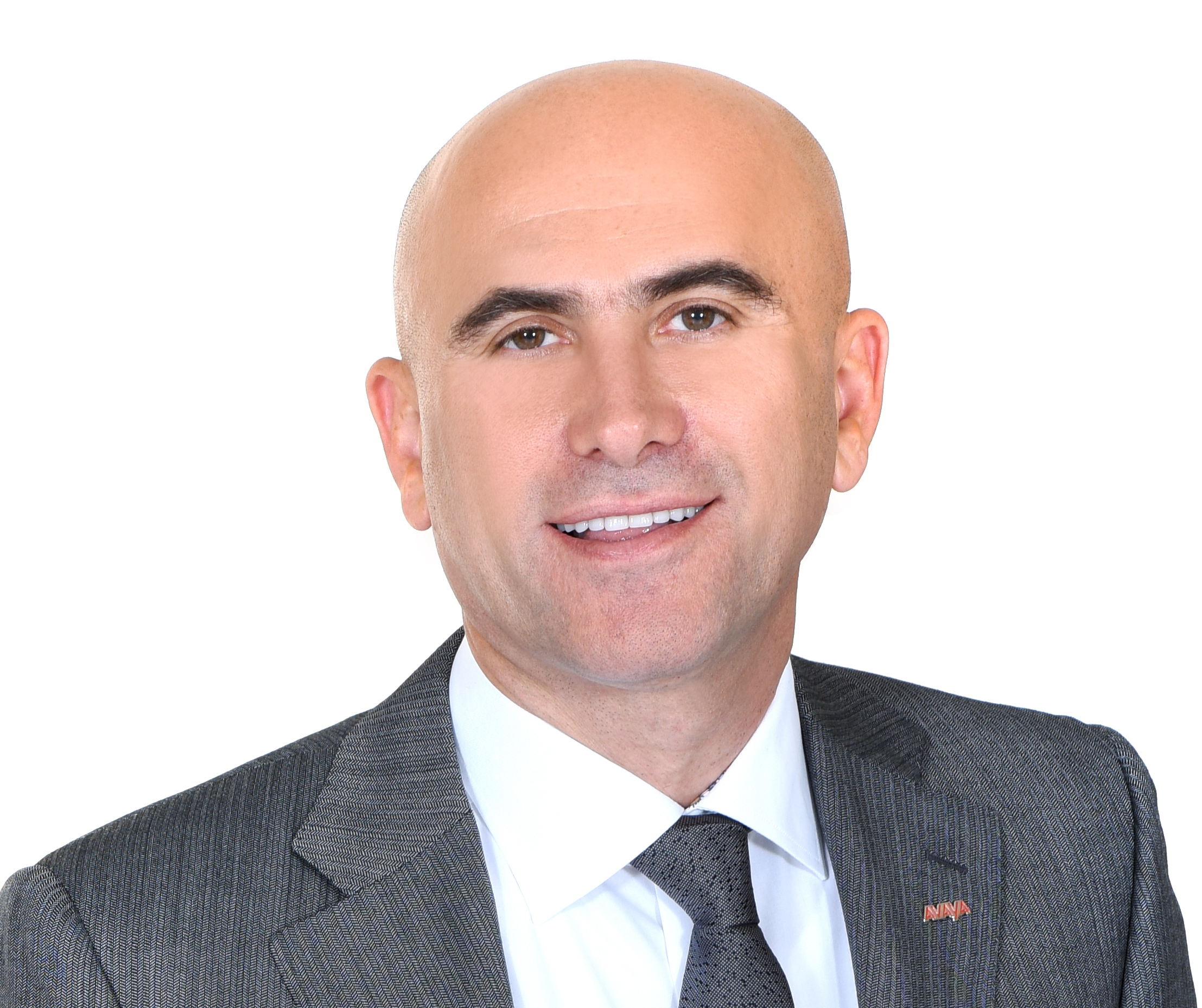Avaya India has been riding high on the heritage of Nortel’s strong base in  India as well globally, but now the company is looking gear up itself for the future and is investing in its own Fabric network, which is a next generation network for the large and mid markets.
India as well globally, but now the company is looking gear up itself for the future and is investing in its own Fabric network, which is a next generation network for the large and mid markets.
In the last 6-10 months, the company has invested heavily on building resources to create the momentum in this field and is also cashing in on the government Smart City project and digital enterprise projects.
The next big move Avaya is going to make is its entry into Software Defined Network(SDN) in next one month. “Till now, the company has been thinking of making its foray into SDN, we are in the final round of making our strategy around, and soon will announce our plans for this space,” said Jean Turgeon, VP and Chief Technologist, Software Defined Architecture.
In APAC region, the company has made 10 installation in 10 months. In India, which is a part of key growth market for Avaya is seeing huge traction across all the segment and the Bangalore Airport recently deployed its Fabric Connect technology.
The concept of Fabric Connect is ethernet-based and optimized for IP metrics architecture that makes the network very agile. Thousands of edge devices will be able to connect with the network and this is very critical based on where the market trends are going being Internet of Things, smart cities, smart buildings and sensors technology.
All these require much more agile edge and the core has to be dynamically capable of about being those services to be deployed. It is also making huge investments in mobile solutions to support its engagement services across conferencing solutions, video conferencing solutions, contact center and unified communication.
Other than Networking, the three other major verticals of Avaya is contact center, unified communications and video conferencing. “Networking division is a fastest growing division within Avaya worldwide, in India we have a decent customer base. The heritage of this division is Nortel, which Avaya acquired in 2009, as Nortel used be one of the largest players in the worldwide enterprise and having a second largest installed base from the networking perspective even today, we have 1000 customers from Nortel heritage,” said Jitendra Gupta, county sales head, Networking solutions India and SAARC, Avaya India.
To grow the base of fabric network in India, the sales team is closely working with its R&D team for educating the business maker and CXOs.
Ravi Subbarao, director, product management, Avaya India said, “We are the second largest player, which is catering to both mid markets and enterprise like higher education, IT services, manufacturing, banking finance and government.”
Turgeon emphasized, “Organisations can no longer work on legacy networking infrastructure and most of them have identified the legacy architecture is no longer suitable. In old legacy networking there are challenges like protocols, same slow recovery, disaster recovery set up business continuity, no enhancing, and more. But with Fabric Connect architecture, Avaya has changed that paradigm on how networks are built into the future.”
Another big opportunities areas for Avaya is its scale down version of Safe school initiative, which the company launched three weeks ago for the sweat spot mid-markets. It is in talks with several schools, universities and colleges.
With all these efforts, the company is looking to continue to grow by double digit. The company is also investing in sales resources, strategic projects and initiatives; are much more engaged than they have been in the past. Avaya has marked China, India, and Middle East as the growth areas where they will be investing substantially.








